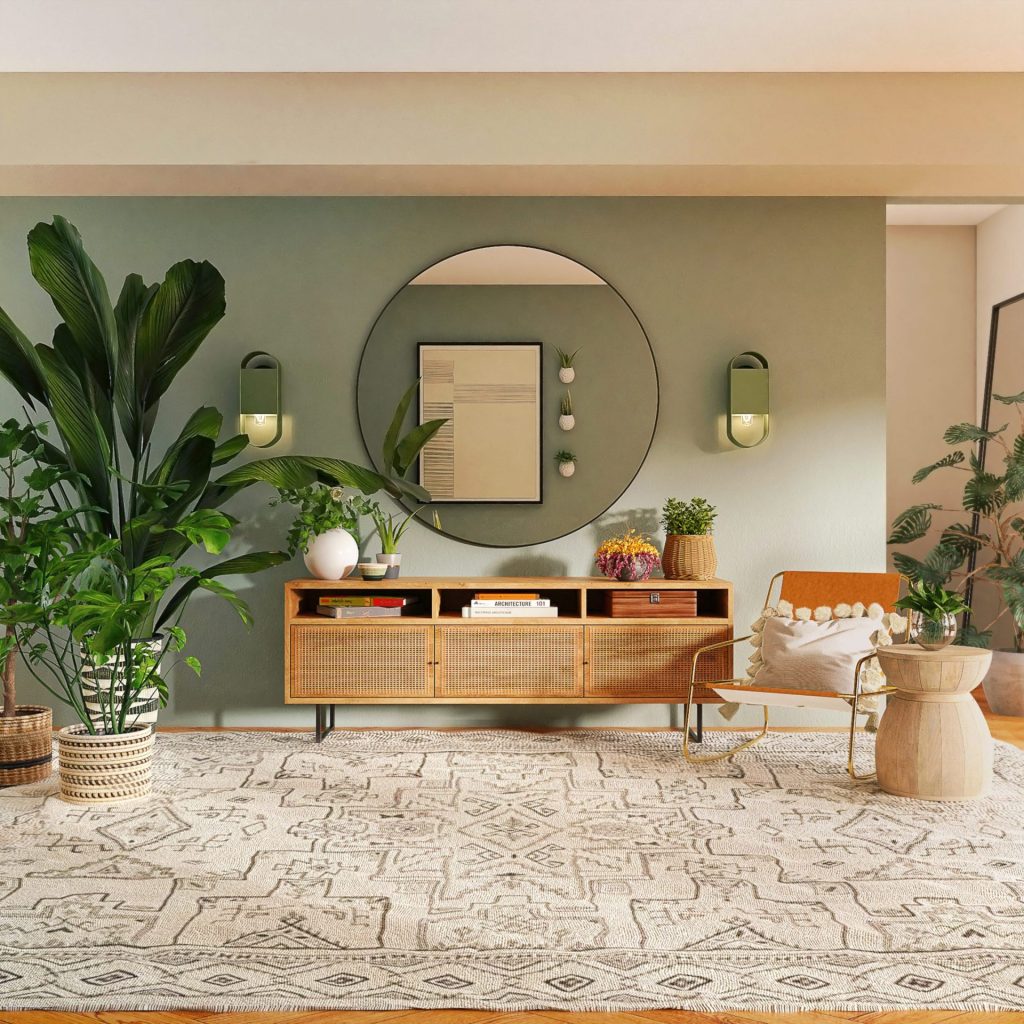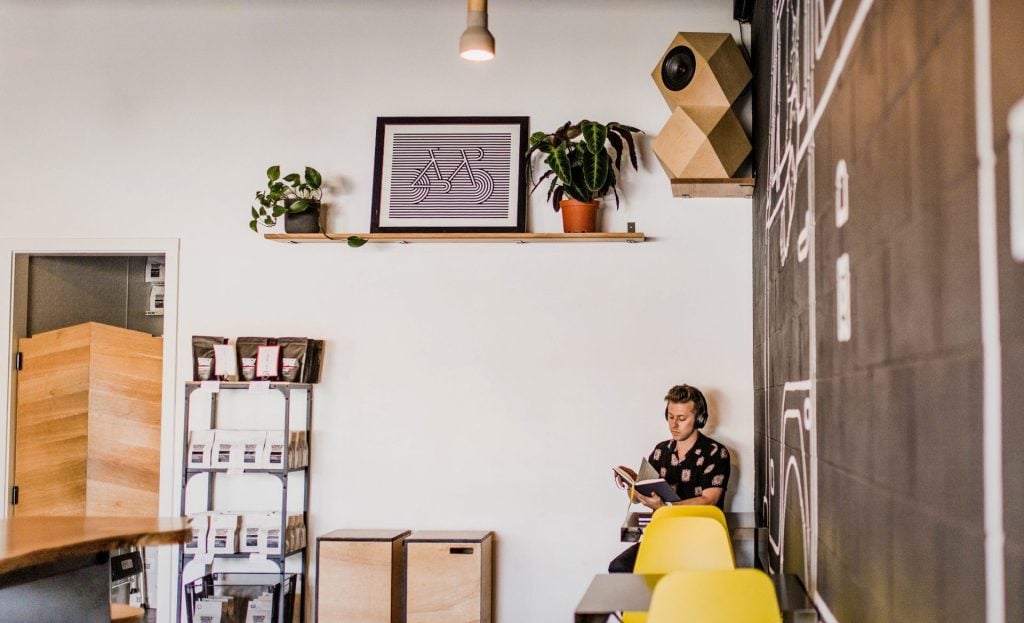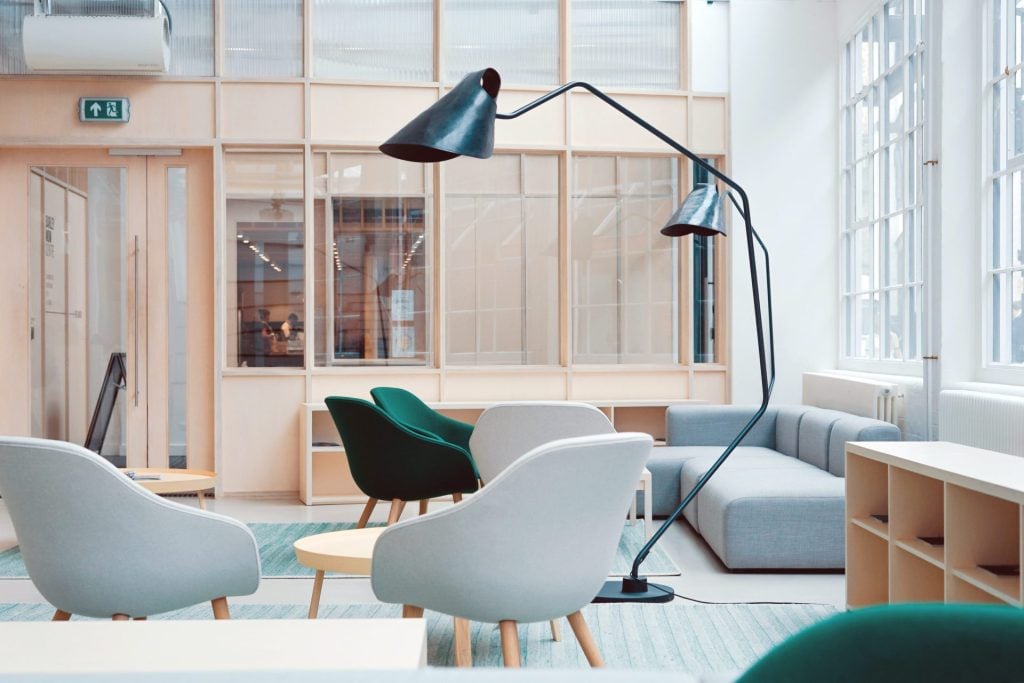BLOGS
Feel the Luxury: Incorporating Texture in Interior Design
If you want to make your space look appealing, beautiful, or elegant, texture comes into play. It is an essential part of an interior designer’s dictionary, and creating texture is not just about how your decor feels. It is also about “visual texture” — using various materials to create more life in your room.
Without textures, your space will look dull and fall flat. That’s why whenever you want to create vibrancy and warmth in your space, you need to look at the room as a whole and mixed together different materials with different textures.
But what is texture anyway? Keep reading to find out!
What is Texture?
Texture is an object’s physical feeling or visual appearance. In interior design, it is used in the form of tactile objects, such as wood, stone, or fabrics to add interest to a space.
According to Tiffany Leigh of Tiffany Leigh Design, “in interior design is about creating tactile moments that invite touch.” She also added that it is the appearance, feel, or consistency of a surface or material.
A good example of it is lighting. While it may be neither physically nor visually textured, it is one of the biggest contributors of it in your home. It gives off a vibrant and ambient glow that can make your space softer.

Why are Textures Important?
It Contributes Balance
Texture plays a crucial role in achieving a balanced and aesthetically pleasing interior design. By incorporating different textures, you can create contrast and highlight important elements within a space while still maintaining balance and cohesion.
Textures can also help to create a focal point within a room, especially when using a monochromatic or analogous color scheme. Contrasting textures can add visual interest and provide a harmonious balance to a space.
It Adds Visual Weight
You can also use textures to create accents. Interior designers use texture to add “visual weight.” Visual weight is how an object or part of the room can draw attention to itself. Having contrasting textures is a good way to make other aspects stand out from others.
Textures can add visual weight and impact to a design, drawing attention to specific elements within a space. By carefully selecting textures, you can create a more engaging and attractive space that is both intimate and inviting.
Similar to color theory, different textures can create different feelings within a space, such as warmth, coolness, or smoothness. It is important to choose textures that complement the nature of the room and the overall design aesthetic, as they will ultimately impact the visual weight of the space.
What are the Different Textures?
The two textures in interior design are:
- Tactile Textures refers to the physical attributes of a surface that can be experienced through touch, such as smoothness, hardness, or roughness. This type of texture has a three-dimensional quality as it encompasses height, width, and depth. For instance, a chair cover that feels fuzzy to the touch is an example of tactile texture.
- Visual Textures is a type of texture that is created to appear different from its actual tactile properties. It is an illusionary or simulated form of texture that lacks actual depth and is therefore two-dimensional. It is typically observed in two-dimensional figures or renderings of objects, and it helps to portray the surface qualities of the object depicted. Examples include fur, canvas, wood grain, sand, leather, satin, eggshell, matte, and smooth surfaces such as metal or glass.
How to Add Elements of Texture in Your Home?
Adding and mixing textures is not just combining different materials. You need to know how to integrate different ways of adding textures the right way. Here are some ways how to add texture to improve the appearance of your home:
Layer Various Textures
Layering textures is the key to producing a scheme full of depth. You can try blending textures so that you’re not relying too much on the finishes of fabric or furniture.
You can try matte versus glazed ornaments on bookcases, book spines on the side table beside a sculpted glass lamp base, and artwork to have the walls feel multi-dimensional.
Martin Waller, the co-founder of Andrew Martin, said that glossy surfaces like polished chrome, shiny marble, and smooth marble in tonal shades, for example, can give a room a modern and sleek textures.

Contrasting Fabrics is the Key
Contrasting fabrics is the key to creating great balance in the space.
If your home’s space has similar shades, you can interrupt its consistency by changing the texture of any fabric to give a less monotonous look.
Make sure to look beyond the obvious areas of fabric like armchairs and sofas, and consider the blinds, curtains, and lampshades. You can also change textures depending on the season. For example, velvet and faux fur are best during the winter or colder season, and cotton and silk cushions will be best in summer.
Add textured furniture
If you want to try something new, furniture texture is worth exploring. Checking out furniture texture can be pretty cool, especially since you’re likely to touch it. Just imagine feeling the smooth marble on a table, chowing down on a rustic oak dining table, or sliding open the drawers of a shagreen-lined chest, and then kicking back on a super plush velvet sofa.
Texture doesn’t have to be obvious. It’s the subtle differences that catch your eye as you take in a room that is the most interesting.
Experiment with Textured Home Accessories
You can use ornaments, vases, sculptures, and mirrors to play with it. Try creating an arrangement using these home accessories of alternating textures to make a statement.
However, do not add too many competing finishes, as your objective is to have assorted characters sympathetic to one another.
Include Plants and Flowers
Plants and flowers are examples of visual textiles, and adding them to your room gives a feel of a fresh and breathable area. Get plants that have different forms, petals, and leaf shapes to produce a textural effect on your room. The best types are those glossy verdant leaves of a palm, and you can pair them with lacquered and strong-line furniture.
Add Lighting
As mentioned earlier, lighting is one of the biggest contributors to add it to your space. If you are getting a lamp, it has a dual texture aspect because the look and the feel of lamps play a crucial role in giving texture.
For example, a high-shine chrome floor lamp creates a different texture from a bronze wall sconce. A warm white light has a softer and more ambient glove, while a cool white light has a brighter glow that can be a bit harsh.

The position of the lights also creates different textures. If you put the light on an unlit corner of your space, it can look like a reading nook.
Focus on Architectural Elements
In the elements of interior design, it has an important role in our spaces. To integrate it in your space, incorporate architectural elements such as wainscoting, picture molding, crown molding, or beadboard. These create depth and dramatic character that will leave your space stunning.
Use Upholstery Techniques
You can use it aside from fabric to create a sense of warmth and to fabricate the design style of your area. For instance, you can use tufted upholstery like a tufted footstool or a tufted headboard.
See Various Textures with Brittany Homes
Brittany Corporation has luxury homes that incorporate various textures, that would make your living experience so much better, such as Bern Baguio.
If you want to know more about Brittany Corporation and its Brittany Homes, you can follow our LinkedIn and Youtube.
Suggested Read: Why Visual Content Reigns In Marketing For Real Estate
Suggested Read: Ideas To Make Your Home Cozier This Rainy Season
Suggested Read: Interior Design Podcasts You Should Listen To
Suggested Read: 2020 Must Have Home Furniture
Suggested Read: 7 Elements Of Interior Design















